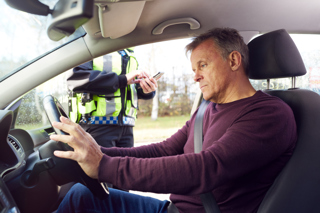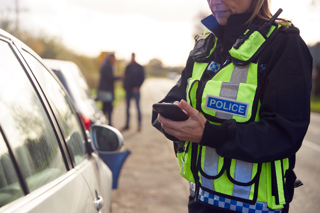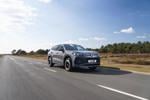
Fleet FAQ
Q:
What are the UK drug driving limits?
A:
In the UK it's an offence to drive with any of 17 controlled drugs above a specified level in your blood. This includes illegal and legally prescribed drugs.
The limit set for each drug is different, and for illegal drugs the limits set are extremely low. They aren't zero to rule out any accidental exposure (eg from passive smoking).
|
Illegal drugs |
Threshold limit in microgrammes per litre of blood (µg/L) |
|
Benzoylecgonine |
50µg/L |
|
Cocaine |
10µg/L |
|
Delta-9-tetrahydrocannabinol (Cannabis) |
2µg/L |
|
Ketamine |
20µg/L |
|
Lysergic Acid Diethylamide (LSD) |
1µg/L |
|
Methylamphetamine |
10µg/L |
|
Methylenedioxymethamphetamine (MDMA) |
10µg/L |
|
6-monoacetylmorphine (Heroin) |
5µg/L |
|
Medicinal drugs |
Threshold limit in blood |
|
Clonazepam |
50µg/L |
|
Diazepam |
550µg/L |
|
Flunitrazepam |
300µg/L |
|
Lorazepam |
100µg/L |
|
Methadone |
500µg/L |
|
Morphine |
80µg/L |
|
Oxazepam |
300µg/L |
|
Temazepam |
1,000µg/L |
|
Separate approach (to balance its risk) |
Threshold limit in blood |
|
Amphetamine |
250µg/L |
You should always check with your doctor or pharmacist if you're unsure about whether your prescription or over-the-counter medication will affect your ability to drive.
Police have powers to test and arrest drivers suspected of driving after taking certain controlled drugs in excess of specified levels.
If you drive and take prescription medicine, it may be helpful to keep evidence of this with you in case you’re stopped by the police.
Drug-driving penalties
Drivers caught and convicted of drug-driving may get:
- a minimum 12-month driving ban
- a criminal record
- an unlimited fine
- up to 6 months in prison
Drivers will also have an endorsement on their licence which will last for 11 years.
The penalty for causing death by dangerous driving under the influence of drugs is a maximum prison sentence of 14 years.












